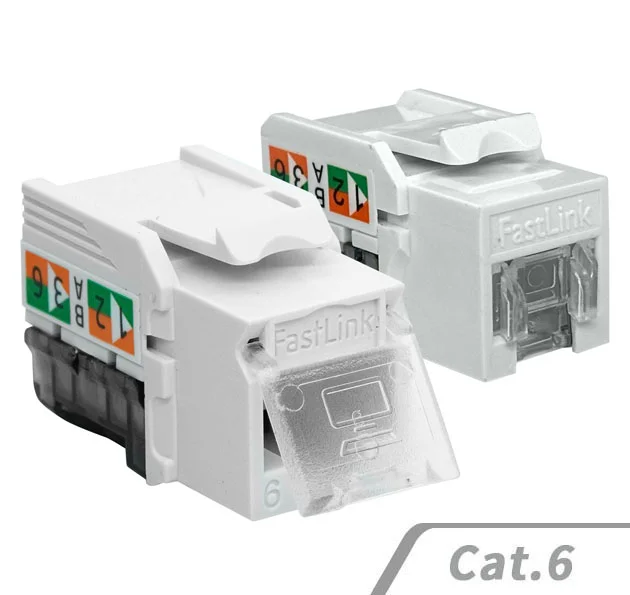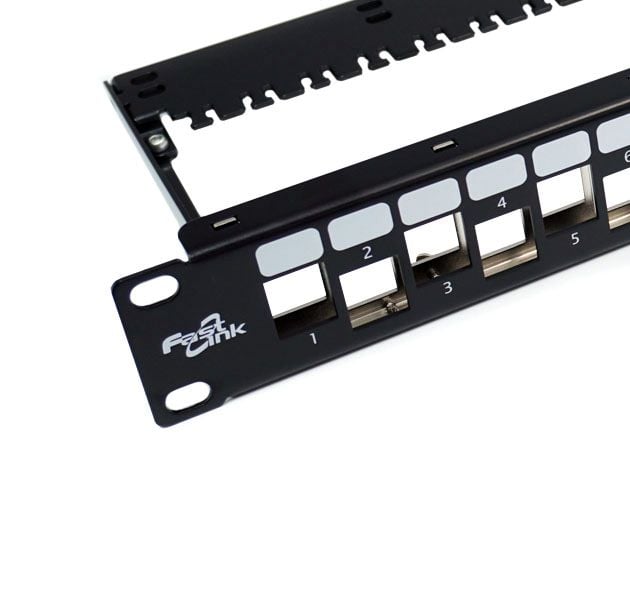
FastLinkcabsys Bend-insensitive Fiber
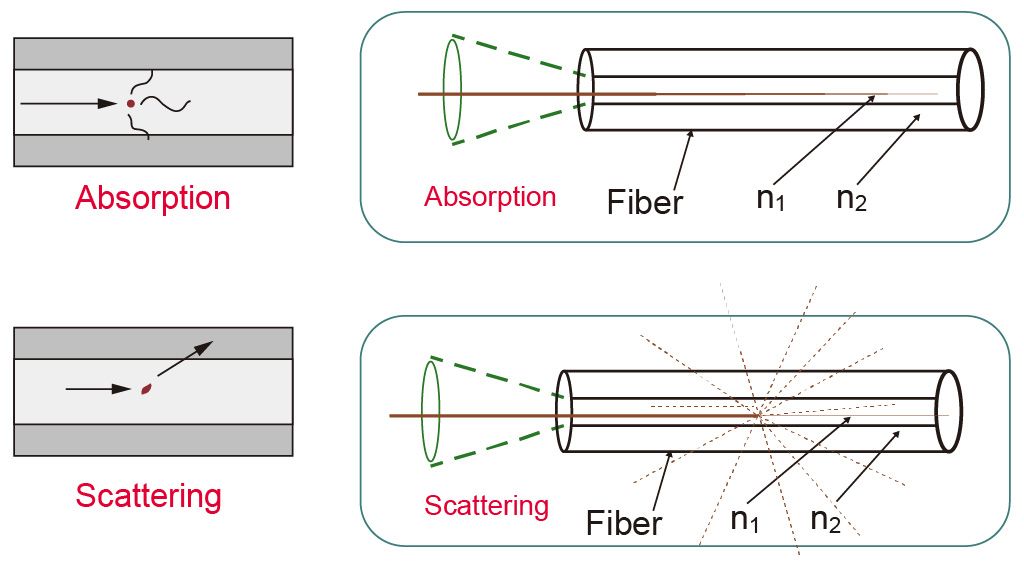
Radiation


Micro-bending loss happens when minor irregularities or deformations at the core-cladding interface of an optical fiber interfere with signal transmission, causing attenuation and reducing fiber performance.
Excessive bending of an optical fiber disrupts the total internal reflection at the core-cladding interface, leading to signal loss

Signal attenuation in fiber optic transmission is a critical factor that affects the overall performance of network systems. This phenomenon is influenced by two main causes: the inherent absorption and scattering of light within the fiber, and external factors such as bending, twisting, or improper handling of the fiber. Both contribute to signal loss, with bending-related issues playing a particularly significant role. When it comes to fiber optic deployment in racks, patch panels, termination boxes, or equipment enclosures, the challenge of maintaining signal integrity is compounded by the physical constraints of space. In areas where fiber optic cables are spliced or coiled, such as in desktop terminal boxes, small-radius bends and tight corners are often unavoidable. These bends can lead to increased attenuation, making it essential to carefully balance cable length and space optimization to minimize signal loss. To address the impact of fiber bending, it is crucial to consider the use of bend-insensitive fiber. This type of fiber is specifically designed to resist signal loss caused by tight bends and other physical stresses. Additionally, implementing proper cable management techniques helps to ensure that the fiber optic links maintain their performance and reliability, even in compact or demanding environments. By selecting the right fiber optic solutions and adopting effective cable management practices, businesses can ensure optimal network performance, even in challenging installations.
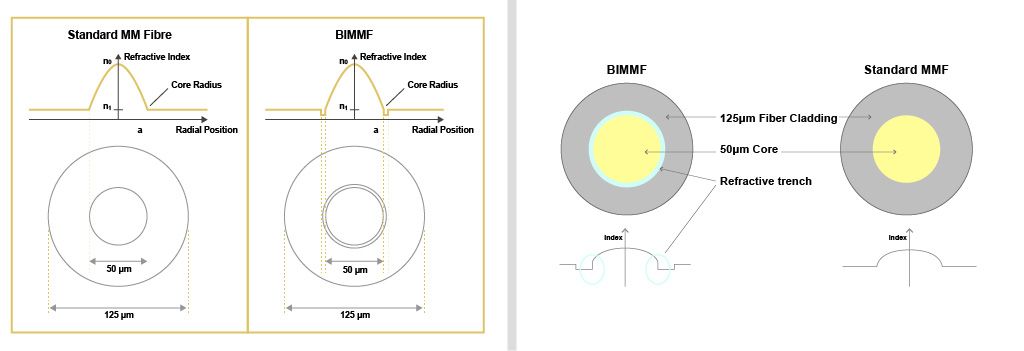
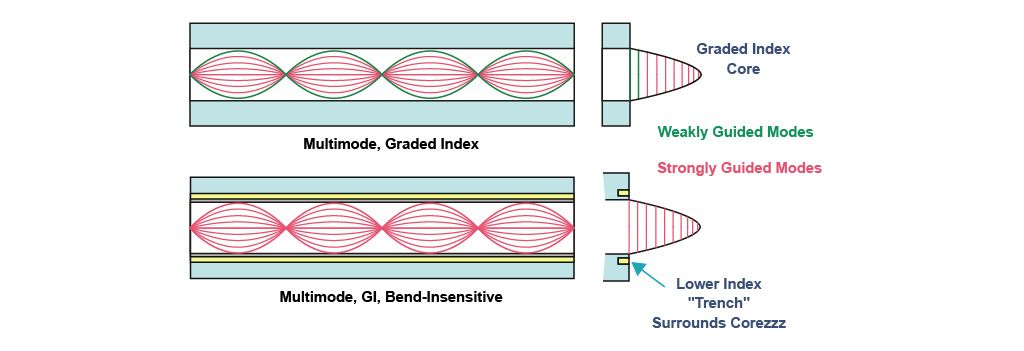
Bend-insensitive optical fiber is a game-changing innovation in the field of optical communication. Designed to minimize signal loss even under tight bending conditions, this technology enables more compact and efficient setups for devices, patch panels, and cable assemblies. Unlike traditional optical fibers, which are prone to signal attenuation when bent in confined spaces, bend-insensitive fibers maintain exceptional performance and reliability, making them ideal for modern networking environments.
What Is Bend-Insensitive Optical Fiber?
Bend-insensitive optical fiber is engineered to resist bending-induced losses, outperforming standard fibers in demanding cabling scenarios. This advanced design allows for tighter bending radii without compromising signal quality, making it a perfect choice for high-density installations and complex cabling layouts. Available in both single-mode and multi-mode variants, bend-insensitive fibers meet diverse application requirements, ensuring adaptability across industries.
FastLinkcabsys Bend-Insensitive Fiber Solutions
To address market demands, FastLinkcabsys has introduced a robust lineup of bend-insensitive optical fibers:
- BI-SMF (Bend-Insensitive Single-Mode Fiber): Designed for long-distance and high-speed single-mode applications.
- BI-MMF (Bend-Insensitive Multi-Mode Fiber): Ideal for short-distance, high-bandwidth multi-mode applications.
However, it is important to note that OM1 multi-mode fibers are no longer in use due to market obsolescence and therefore do not feature bend-insensitive specifications.
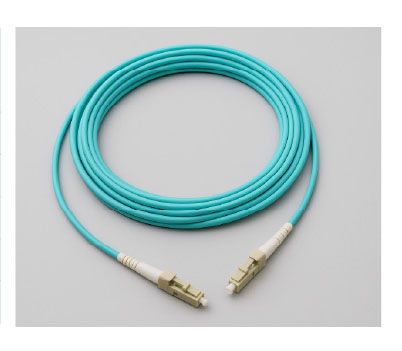
FastLinkcabsys bend-insensitive single-mode fiber offers outstanding performance in Fiber-to-the-Home (FTTH) access network applications, especially in challenging installation environments. With a minimum bend radius of just 10mm, this fiber is specifically engineered to maintain optimal signal quality even when installed in tight spaces, such as around wall corners or within compact conduits. One of the key advantages of FastLinkcabsys bend-insensitive single-mode fiber is its fully compatible mode field diameter with the standard G.652D single-mode fiber. This compatibility enables seamless low-loss connections with G.652D fibers, ensuring reliable performance across network segments.

FastLinkcabsys bend-insensitive single-mode fiber series is fully compliant with the ITU-T standards for G.652D, G.657-A.1, and G.657-A.2 fiber optic technologies. These fibers are designed to offer exceptional performance and reliable operation, making them an excellent choice for high-quality fiber optic network installations. Their advanced design ensures optimal signal transmission, even in challenging environments with limited space for cabling.
While FastLinkcabsys bend-insensitive fibers are built for performance, laboratory tests have shown that compatibility problems can arise when different types and grades of single-mode fibers are mixed within a project. This is particularly true when performing splicing operations, where mismatched fibers may lead to functional issues, signal degradation, and overall reduced network reliability. To prevent potential disruptions and ensure seamless network operation, we strongly recommend selecting the same brand and grade of fiber optic cables within a single project. Ensuring uniformity in fiber types across the installation will minimize the risks associated with incompatible fiber mixtures.
Splicing Compatibility Between Different Grades of Single-Mode Fiber:

When splicing OS2 zero-water-peak single-mode fibers of different standards, compatibility issues can arise. For instance, G.657.A2 fibers may not splice smoothly with G.652D or G.657.A1 fibers, primarily due to splicing equipment limitations. This can lead to splicing failures and unreliable connections. In contrast, G.657.A1 fibers and G.652D fibers have higher compatibility, allowing for successful splicing with minimal issues.
To overcome these splicing challenges, FastLinkcabsys has upgraded its OS2 single-mode fiber and pigtails to the G.657.A1 flexible single-mode fiber specification. This ensures seamless splicing compatibility with commonly used fiber types, reducing the risk of incompatibility and splicing failures. Additionally, the G.657.A1 fibers offer improved flexibility and better adaptability, meeting the evolving needs of modern fiber optic networks.
Coupling Compatibility Between Different Grades of Single-Mode Fiber

FastLinkcabsys Bend-insensitive Fiber | High-Performance Structured Cabling from Taiwan - FastLinkcabsys
Our newsroom keeps you informed with updates on structured cabling advancements, including new RJ45 releases and performance tips.
We share industry knowledge, installation best practices, and sustainability trends shaping the future of global connectivity.
Get expert insights that help engineers, IT teams, and distributors stay competitive in the ever-evolving cabling ecosystem.

